Zeni is a wine producer that has been in business since Bartolomeo Zeni began trading wine in the early 1800s in the Bardolino region of Lake Garda in Italy. Today, the Zeni family is still in charge of wine production, with artful attention to details and a sense of tradition using modern equipment and techniques.
Don't wanna be here? Send us removal request.
Text
Zeni Wine School #113
Le legioni romane
Intorno al 600 a.C. Roma diventa un vero e proprio “distributore”, per usare un termine commerciale moderno, del vino prodotto nella penisola Italiana. Quest’ultimo infatti inizia ad essere riconosciuto ufficialmente come di migliore qualità rispetto a quello greco. Le legioni romane diffondono nei nuovi territori occupati durante il periodo di espansione la cultura vitivinicola, iniziando una vera a propria differenziazione tra i vini comuni e quelli di qualità. I primi erano di bassa gradazione alcolica, mentre gli altri, definiti “di lusso” erano solitamente cotti, invecchiati e miscelati con acqua, spezie e miele.
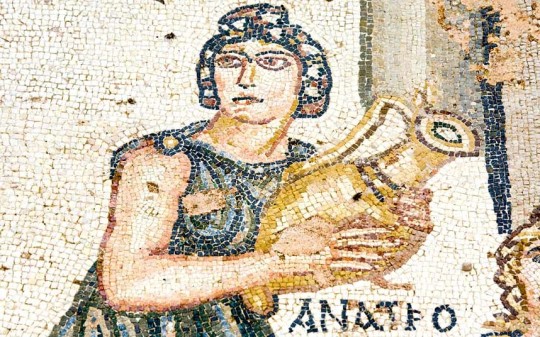
The Roman Legion
Using a modern and commercial term, Rome become a real „wine distributor“ of the Italian wines. During the 600 B.C. Italian wine was officially considered better than the Greek one. The Romans began a real expansion of the vine growing and the production of wine, starting a great selection between common wines and high-quality wines. Common wines usually contained a less quantity of alcohol and the others, defined as “precious wines” were usually aged and mixed with water, spices and honey .
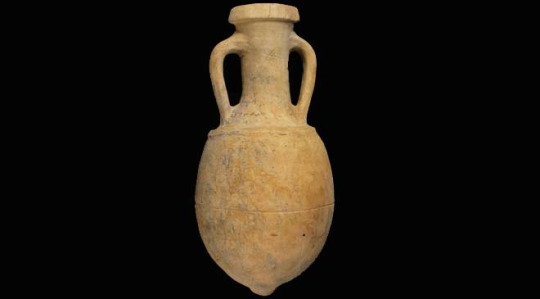
Die römische Legionen
Um 600 v. Chr. wurde Rom ein „Verteiler“ des Weins, der in Italien produziert wurde auch weil er besser in Qualität als der Griechische war. Die römische Legionen verbreiteten die Weinkultur in den neuen eroberten Gebieten und sie fing eine Qualitätsklassifizierung. Die „tägliche Weine“ waren nicht so gut und nicht sehr alkoholisch und die „Luxusweine“ wurden normalerweise gekocht, gelagert und mit Wasser, Würzen und Hönig gemischt.
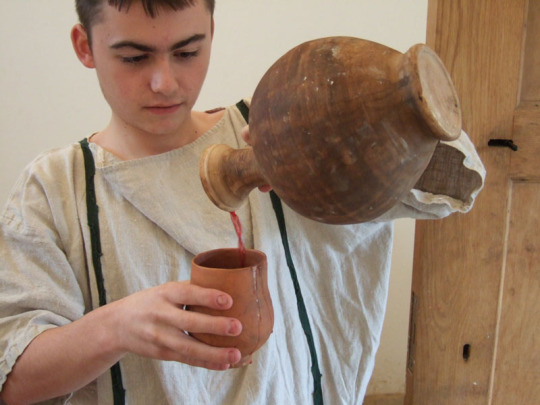
#zeni#zeni bardolino#zeni 1870#Wine Wednesday#wine lover#wine facts#red wine#italian wine#roman wine
0 notes
Text
Zeni Wine School #112
I Celti e l’uso della botte in legno
Le anfore utilizzate soprattutto per il trasporto marittimo vennero sostituite dall’uso della botte in legno. La tradizione vuole che la botte, più o meno simile a quella usata al giorno d’oggi, fosse di uso frequente presso i Celti, che disponevano di grandi foreste. La botte infatti si prestava bene per il trasporto via terra in quanto le strade erano spesso sconnesse e le anfore troppo fragili e pesanti. La botte nacque quindi come piccolo recipiente da trasporto per poi diventare strumento immancabile per la vinificazione e la conservazione del vino nelle cantine.
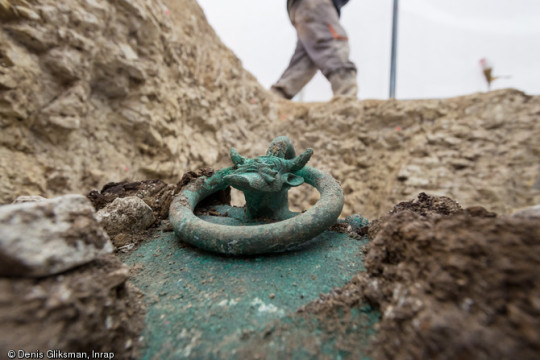
Die Kelten und das Holzfass
Die Amphoren, die vor allem für den Meertransport verwendet wurden, wurden von den Holzfässern ausgewechselt. Die Tradition will, dass das Holzfass ganz gewöhnt bei den Kelten wurde, weil sie über große Wälder verfügten.
Das Holzfass war sehr bequem für den Transport auf die Straße, weil die Wege nicht gut waren und die Amphoren zu schwer und zerbrechlich. Das Holzfass war als kleinen Behälter für den Transport geboren aber es wird etwas grundsätzlich für die Vinifikation und die Lagerung des Weins in den Keller.
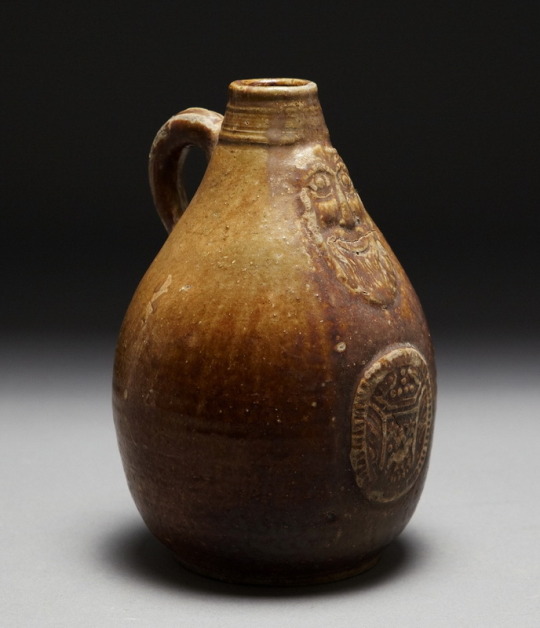
The Celts and the use of the wood barrel
The amphorae used for maritime transport were replaced by the use of wooden barrel. Tradition holds that the barrel, more or less similar to the one we use today, was commonly used by the Celts, thanks to their great forests. The barrel was a perfect container for overland transports were often rough and amphorae too fragile and heavy. The barrel was born as small transport container but then it has been become an essential tool for making and storing wine in the cellars.
#zeni#zeni bardolino#wine lover#wine facts#Wine Wednesday#italian wine#wine history#bardolino#lake garda#wine school#wine trivia
0 notes
Text
Zeni Wine School #111
CONTENITORI PER IL TRASPORTO DEL VINO
Nell’’antichità il vino era prodotto in vasche di pietra e recipienti in terracotta. Il trasporto avveniva tramite il classico dolium, contenitore in terracotta di forma sferica, che poteva contenere fino a mille litri di vino oppure tramite l’utilizzo di anfore, recipienti sicuramente più pratiche. Le anfore infatti erano dotate di una specie di coda nella porzione terminale che consentiva di posizionarle nella sabbia. Proprio per la loro praticità, le anfore furono impiegate fino ai primi secoli dopo Cristo.
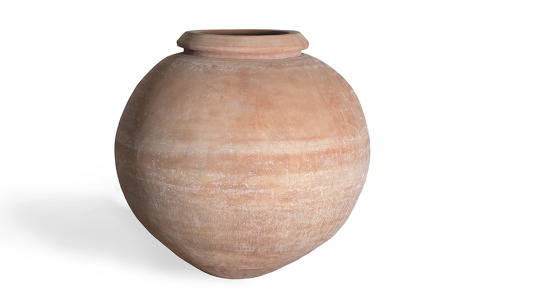
BEHÄLTER FÜR DEN WEINTRANSPORT
In dem Altertum wurde der Wein in Steintanke und Tonbehälter produziert. Für den Transport verwendete man das sogenannte Dolium, ein fassförmiges Tongefäß, das bis 1000 Liters Weins enthalten konnte oder die Amphoren, die sicherlich mehr bequem waren. Sie haben eine Sorte von Endteil, damit konnte man die Amphoren im Sand stehen lassen. Für diese Handlichkeit wurden sie bis Anfang nach Christus Jahrhunderten verwendet.
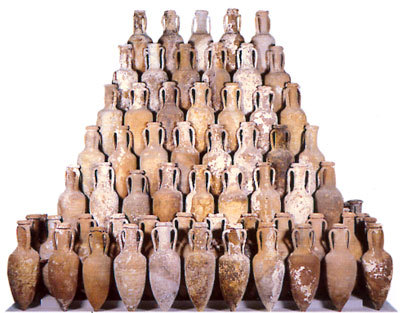
CONTAINERS FOR TRANSPORTATION OF WINE
In ancient times, wine was produced in vats of stone and earthenware. To carry the wine from a place to another were used the classic dolium, containers with a spherical shape and a capacity of thousand liters of wine or by the use of amphorae, more practical vases. The amphorae had were a kind of tail in the terminal part in order to set them in the sand during the transportation. Thanks to their convenience, amphorae were used until the early centuries A.D.
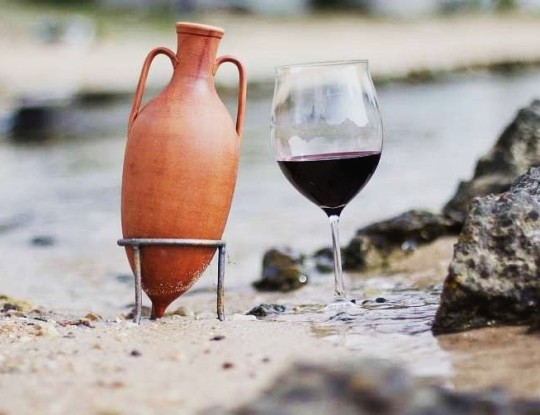
#zeni#zeni 1870#zeni bardolino#vino zeni#wine#bardolino#vino bardolino#Wine Wednesday#wine lover#wine school#wine facts#wine history#lake garda
2 notes
·
View notes
Text
Zeni Wine School #110
Il contributo degli Etruschi
Intorno all’anno mille, ai Micenei succedono gli Etruschi che si insediano nella Valle del Po, Toscana, Umbria e nel Napoletano.
Il loro contributo sarà molto importante per lo sviluppo della viticoltura in quanto furono in grado di selezionare e classificare vitigni come il Trebbiano toscano, il Sangiovese, il Montepulciano e le varietà di Lambrusco, presenti all’epoca nei boschi.
Il grande merito degli Etruschi fu anche quello di aver utilizzato la viticoltura come merce di scambio con le popolazioni celte e in zone non dedite alla culture della stessa.
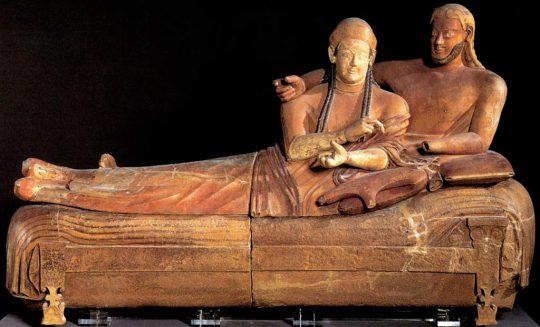
Die Mitwirkung den Etrusker
Um 1000 v. Chr. folgte die Etrusker nach dem mykenischen Volk. Die Etrusker siedelte in dem Tal des Po, Toskana, Umbrien und Neapel an. Sie selektierten und klassifizierten die Rebsorten, wie toskanischer Trebbiano, Sangiovese, Montepulciano und verschiedene Typen von Lambrusco, die in den Wälderwuchsen. Außerdem fing die Vermarktung der Trauben und des Weins mit den Kelten an.
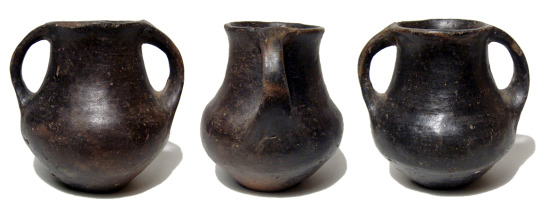
The important role of Etruscans
Around the year one thousand the Etruscans succeeded at the Mycenaean and they settled in the Po Valley, Tuscany and in the Naples. Their contribution was very important for the development of viticulture due to their ability to select and classify the varieties of grapes such as the Trebbiano, Sangiovese,Montepulciano or Lambrusco. The great contribution of the Etruscans was also to use the viticulture as product of commercial exchange with the Celtic populations and in areas not dedicated to the same culture.
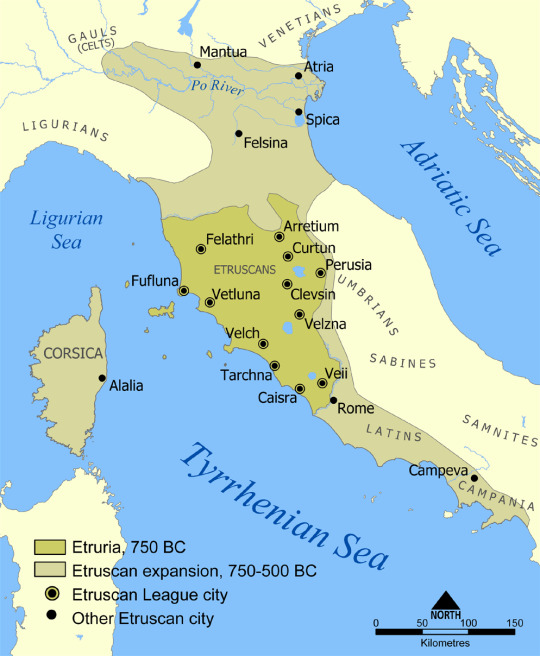
0 notes
Text
Zeni Wine School #109

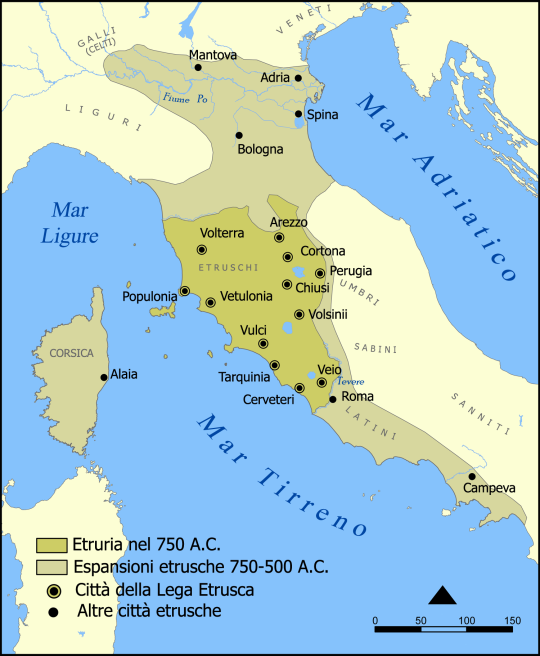

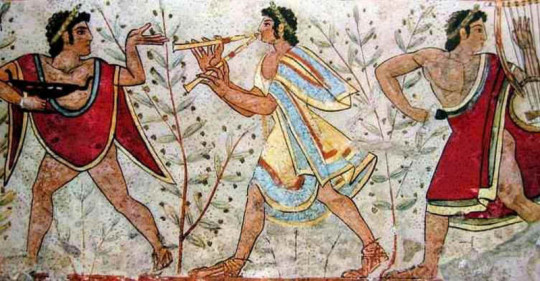

#zeni#wine school#wine lover#wine wednesday#wine#italian wine#bardolino#zeni bardolino#wino bardolino
0 notes
Text
Zeni Wine School 108

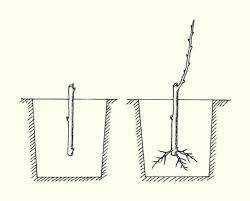

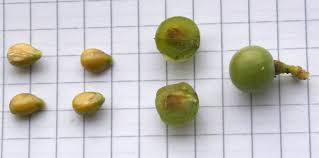

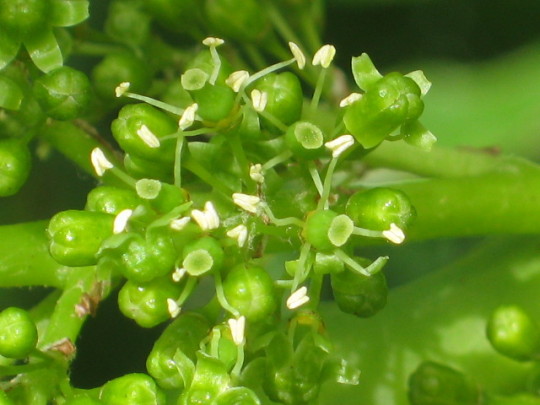
#zws#bardolino#zeni 1870#zeni bardolino#wine lover#wine wednesday#vino bardolino#lake garda#italian wine
1 note
·
View note
Text
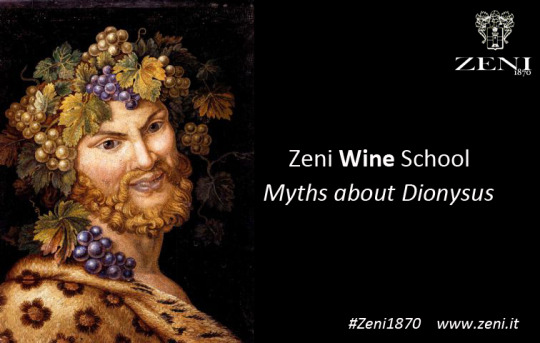

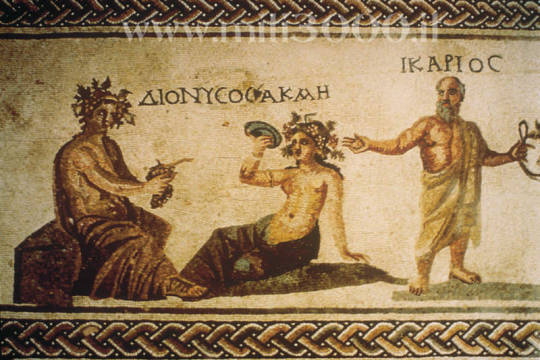


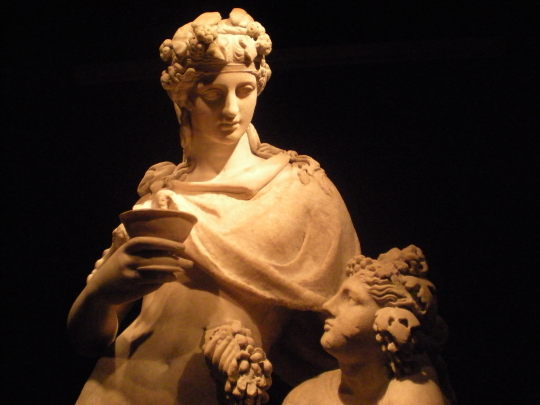
#Zeni1870#Wine Wednesday#wine lover#wine school#bardolino#lake garda#italian wine#wine#vino#chiaretto#bardolino vino#Zeni bardolino#wine tourism#wine tour#wine facts#wine history#greek mythology
0 notes
Text
Zeni Wine School #107


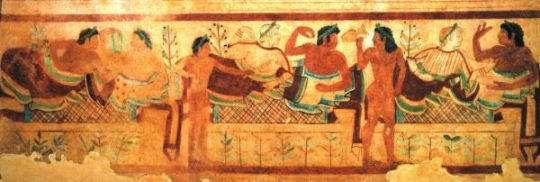


#zeni#zeni wine#zeni bardolino#wine school#Wine Wednesday#wine lover#wine history#wine#vino bardolino
0 notes
Text
Zeni Wine School #106
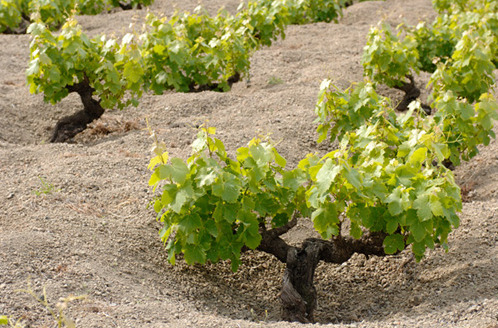





#wine lover#wine wednesday#wine#winery#wine history#bardolino#greek wine#italian wine#wine tourism#wine facts#wine o clock
0 notes
Text
Zeni Wine School #105


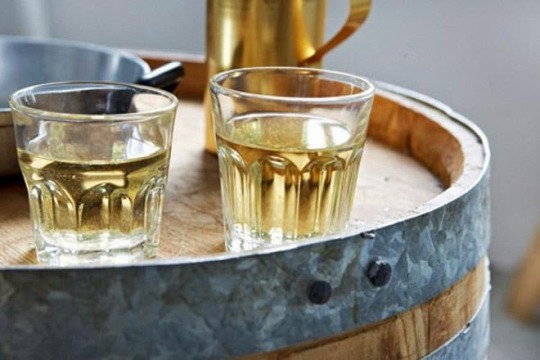

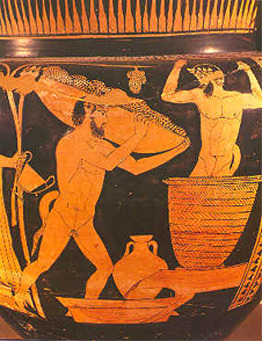

1 note
·
View note
Text
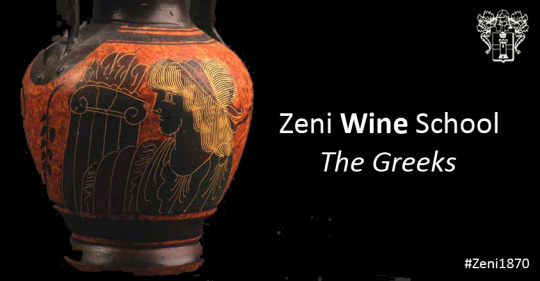
l ruolo importante deiGreci
Furono i Greci ad introdurre la vitivinicoltura in Europa, assumendo inoltre un ruolo importante nella storia del vino in quanto per primi distinsero le uve Aminee (Aglianico, Falanghina, Fiano, Rieseling) da quelle Apiane, come Moscato e Malvasia. Quest’ultime venivano chiamate in questo modo proprio perché attiravano le api grazie alla dolcezza dei piccoli acini.
I Greci furono anche i primi ad adottare tecniche di appassimento dei grappoli per produrre vini dolci. Molti sono i riferimenti alla vite e al vino come nel poema didascalico di Esiodo “Le opere e i giorni” dell’’VIII secolo a.C., dove sono descritte nel dettaglio le pratiche di vendemmia e di vinificazione che venivano utilizzate al tempo.
The important role of the Greeks
The Greeks introduced viticulture in Europe, assuming an important role in the wine history. They were the first who distinguished grapes into Aminee (Aglianico, Falanghina, Fiano and Rieseling) and Apiane as Moscato and Malvasia. The latter were called in this way because they attracted bees thanks to the sweetness of their small berries.
The Greeks were also the first to dry the grapes in order to produce sweet wines. There are many references to vine and wine as in the didactic poem "Works and Days" written by Hesiod around 700 BCE. In this literary work are described the practices of harvest and winemaking that were used at the time.

Die wichtige Rolle der Griechen
Die Griechen hatten sicherlich eine wichtige Rolle für die Weinkultur, weil sie den Weinbau in Europa eingeführt und zuerst unterschieden sie die Rebsorte Aminee, also Aglianico, Falanghina, Fiano und Rieseling, zwischen die Apiane (auf Latein àpem = Biene) wie Moscato und Malvasia. Letztere wurden auf diese Weise genannt, weil sie kleine und ganz süße Beeren haben, die lecker für die Bienen waren.
Die Griechen waren auch die ersten, die Traubentrocknung zu machen, um süßen Weine zu produzieren.
Es gibt viele Hinweise auf die Rebe und Wein, z.B. in dem epischen Lehrgedicht „Werke und Tage“ des Hesiod (etwa um 700 v. Chr.). In der Tat erzählt es auch im Detail die verschiedene Methode der Lese und der Vinifikation, die zur Zeit verwendet wurden.

#Zeni 1870#Zeni WIne School#Wine Lover#wine wednesday#wine online#wine history#wine culture#bardolino#zeni bardolino#wine bardolino#italian wine#wine facts#wine tourism#winery
0 notes
Text
Zeni Wine School #103
LE ANFORE DELL’ANTICO EGITTO
Grazie alla presenza di alcune immagini che raffigurano l’uva di colore nero, possiamo affermare che i vini prodotti nell’Antico Egitto erano prevalentemente rossi. Il vino veniva poi conservato in apposite anfore e sigillate con tappo in terracotta e un coperchio di argilla sul quale veniva trascritto il nome del faraone. In alcune tombe infatti sono state ritrovate anfore che riportavano con precisione la provenienza del contenuto, le caratteristiche , il nome del vino, l’anno di produzione e talvolta anche un giudizio di qualità della prodotto.
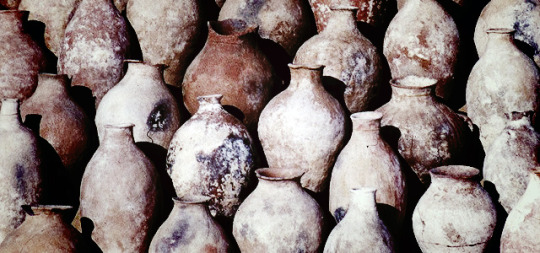
AMPHORAE OF ANCIENT EGYPT
Thanks to the presence of some black grapes images, we can say that wines produced in Ancient Egypt were above all red. The wine was stored in special jars and sealed with terracotta cap and clay top, on which was written down the pharaoh’s name. Furthermore in some graves were found amphoraes that reported accurately estate origin, features, name and vintage of the wine. Sometimes also a quality judgment of the product was indicated.
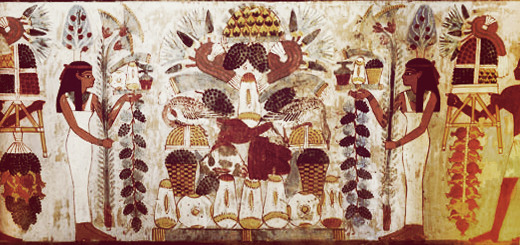
DIE AMPHOREN DES ALTEN ÄGYPTENS
Dank einigen Bilder von schwarzen Trauben können wir sagen, dass die produzierte Weine im alten Ägypten vor allem rot waren. Der Wein wurde in speziellen Amphoren gelagert und mit Terrakotta-Verschluss und Ton Deckel versiegelt. Auf diesem Deckel findet man oft den Name von dem Pharao. Außerdem hat man auch in einigen Gräber besondere Amphoren gefunden, die das Herkunftsgebiet, den Name, die Merkmale und den Jahrgang des Weins aufzeigen. Manchmal gab es auch eine Qualitätsbewertung.

#Zeni 1870#Zeni Wine School#Zeni Bardolino#Wine Lover#Wine Lovers#Wine Wednesday#WIne Facts#Wine History#Wine Egypt#Bardolino#Lake Garda#Italian Wine
2 notes
·
View notes
Text
Zeni Wine School #102



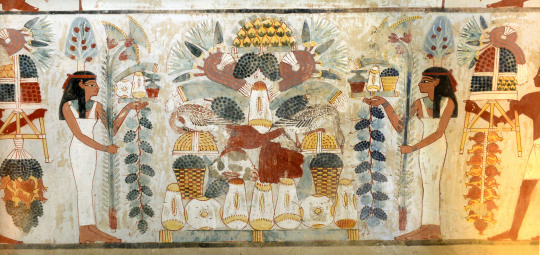

#Zeni 1870#Zeni Wine Schol#Bardolino#Wine Wednesday#Wine Lover#Wine History#wine legend#Zeni bardolino#Wine Facts#red wine#food and wine
2 notes
·
View notes
Text
Zeni Wine School #101
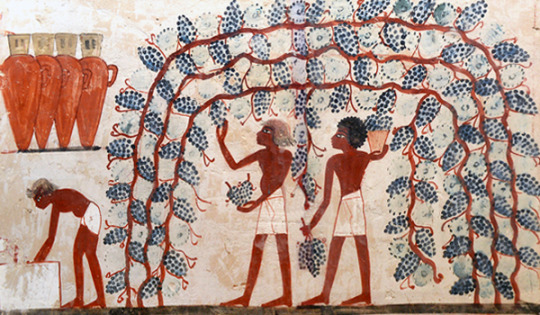


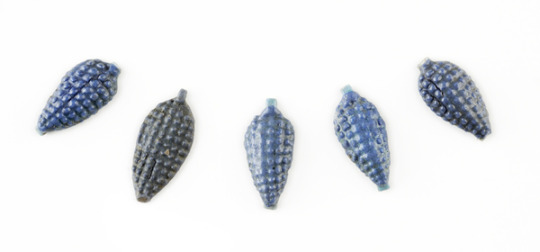
0 notes
Text
Zeni Wine School #100

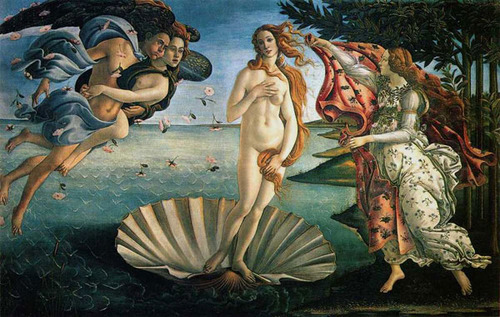



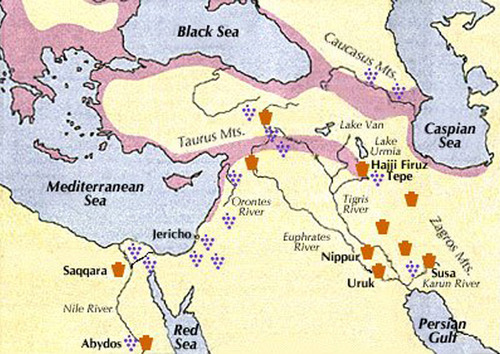
0 notes
Text
Zeni Wine School #99

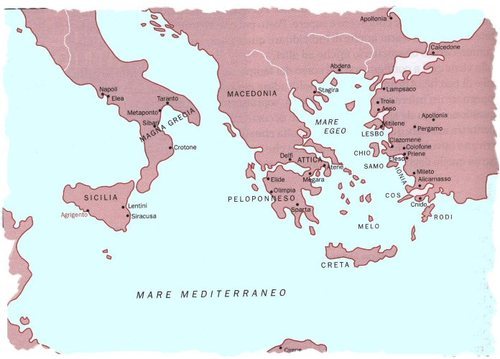

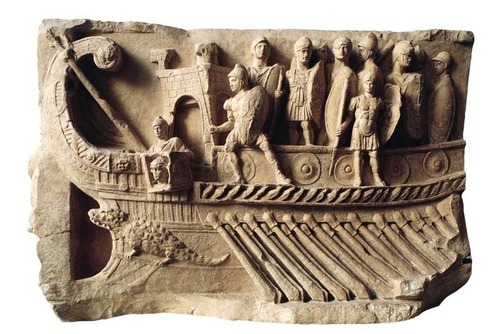

#ZENI#Zeni 1870#zeni bardolino#Wine Wednesday#wine lover#wine lovers#red wine#wine history#zeni wine school
0 notes
Text
Zeni Wine School #98
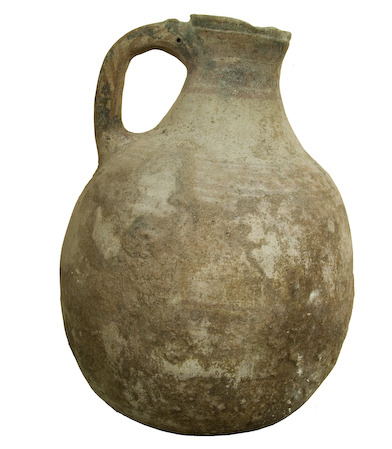

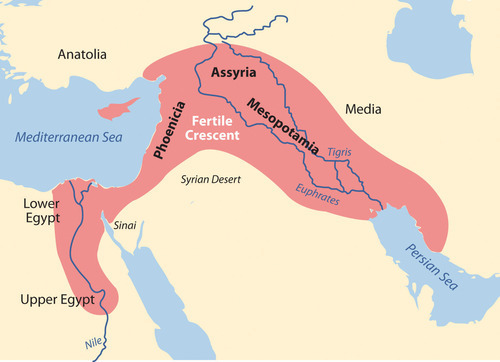
#zeni#zeni bardolino#zeni wine school#wine wednesday#wine lover#wine lesson#wine history#bardolino#lake garda
0 notes